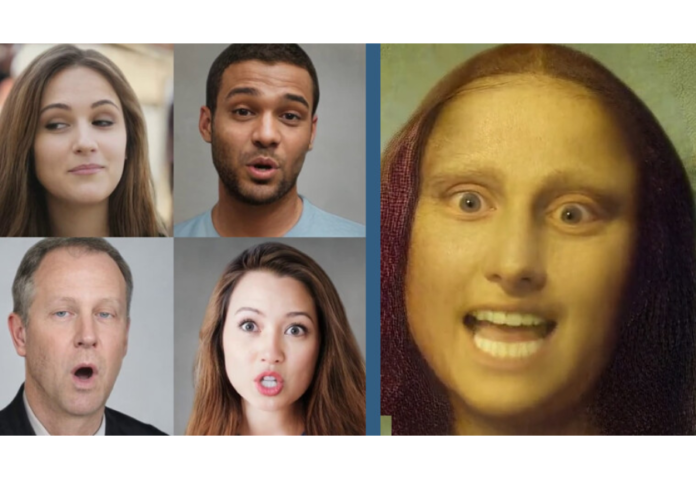The most recent artificial intelligence (AI) model from Microsoft, VASA-1, can really turn motionless images into “talking faces.”
Microsoft recently announced VASA-1, its most recent artificial intelligence (AI) model that can realistically convert still photos into “talking faces.” The project’s lip-sync feature stands out in particular. The end effect may be both striking and unnerving. The concept is now only available as a research preview to Microsoft researchers, but public demos have sparked a lot of curiosity.
This is Microsoft’s most recent attempt to gain control of the generative AI market. They recently revealed a significant AI investment in the United Arab Emirates, and Meta debuted their AI assistant on all of its platforms.
The idea behind VASA-1 is that users can submit a picture of themselves together with a voice clip to create an animated version of their own face that talks.
With only one image and a short audio clip, VASA-1 creates incredibly lifelike talking face videos that stand out for their flawless lip sync, organic head movements, and instantly identifiable facial features.
As is typically the case with AI technologies, even while the program offers legitimate prospective applications, worries about harmful use and false information are critical. “Like other related content generation techniques, (VASA-1) could still potentially be misused for impersonating humans,” Microsoft notes in acknowledgment of these concerns. As such, until they are certain of its responsible use and regulatory compliance, they do not currently have any plans to offer an online demo, API, or product.
The exceptional lip-sync performance of VASA-1 has received a great deal of praise, as evidenced by pictures like the one where Mona Lisa is rapping in almost perfect time. Its performance pleasantly surprised researchers, indicating that it may be used for animation in a variety of contexts, such as AI filmmaking, social media avatars, and gaming. Though developers are probably keen to further investigate VASA-1’s possibilities, there aren’t any specific plans to take the technology beyond its current research demonstration stage as of now.
Also read: Nurturing Responsible Online Behavior in Students by Building a Culture of Digital Citizenship
Do Follow: CIO News LinkedIn Account | CIO News Facebook | CIO News Youtube | CIO News Twitter
About us:
CIO News is the premier platform dedicated to delivering the latest news, updates, and insights from the CIO industry. As a trusted source in the technology and IT sector, we provide a comprehensive resource for executives and professionals seeking to stay informed and ahead of the curve. With a focus on cutting-edge developments and trends, CIO News serves as your go-to destination for staying abreast of the rapidly evolving landscape of technology and IT. Founded in June 2020, CIO News has rapidly evolved with ambitious growth plans to expand globally, targeting markets in the Middle East & Africa, ASEAN, USA, and the UK.
CIO News is a proprietary of Mercadeo Multiventures Pvt Ltd.






